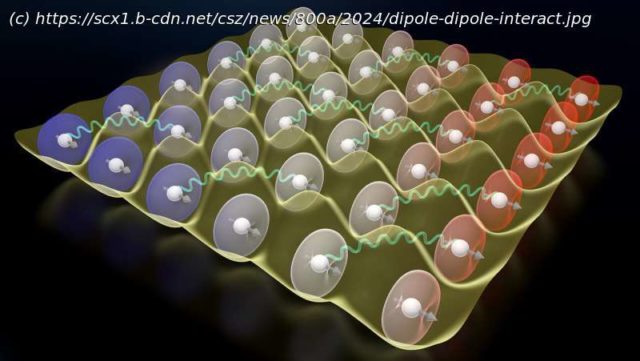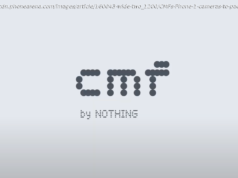In a new study published in Science today, JILA and NIST (National Institute of Standards and Technology) Fellow Jun Ye and his research team have taken a significant step in understanding the intricate and collective light-atom interactions within atomic clocks, the most precise clocks in the universe.
In a new study published in Science today, JILA and NIST (National Institute of Standards and Technology) Fellow Jun Ye and his research team have taken a significant step in understanding the intricate and collective light-atom interactions within atomic clocks, the most precise clocks in the universe.
Using a cubic lattice, the researchers measured specific energy shifts within the array of strontium-87 atoms due to dipole-dipole interactions. With a high density of atoms, these mHz-level frequency shifts—known as cooperative Lamb shifts—were spectroscopically studied. These shifts were studied spatially and compared with calculated values using imaging spectroscopy techniques developed in this experiment.
These cooperative Lamb shifts, named because the presence of many identical atoms in a tightly confining space modifies the electromagnetic mode structure around them, are an important factor as the numbers of atoms in clocks continue to grow.
„If you can understand and control these interactions at high density in this grid, you can always make the grid bigger and bigger,“ explains JILA graduate student William Milner, the paper’s second author. „It’s an inherently scalable technology, important for improving clock performance.“
Atomic clocks, long regarded as the pinnacle of precision, operate on the principle of measuring the frequency of light absorbed or emitted by atoms. Each tick of these clocks is governed by the oscillations of the quantum superposition of electrons within these atoms, stimulated by the corresponding energy from a probing laser. The laser excites the atoms into a quantum state known as the clock state.
While more traditional optical lattice clocks use a one-dimensional optical lattice, suppressing the atoms‘ movements only along one strongly confining direction, the strontium quantum gas clock used in this study confined the atoms in all directions by placing them in a cubic arrangement.






